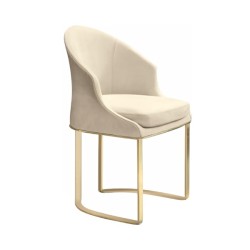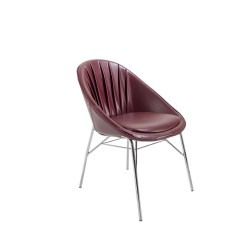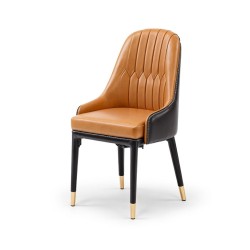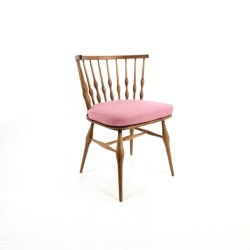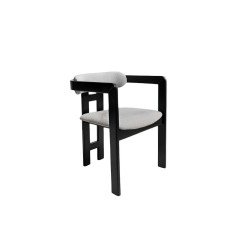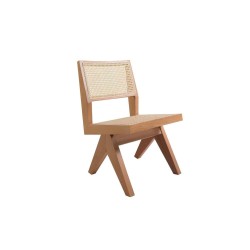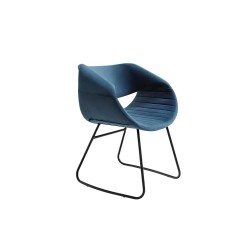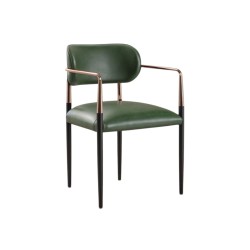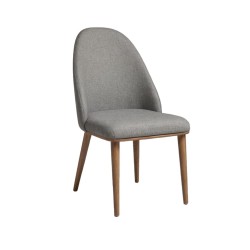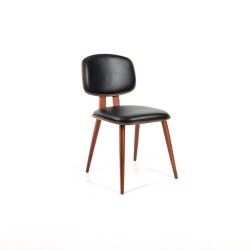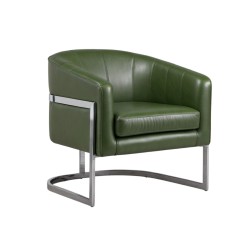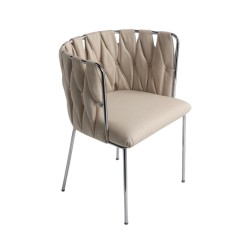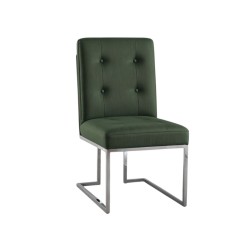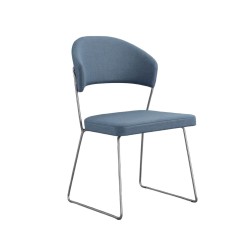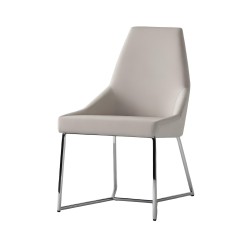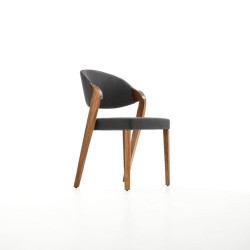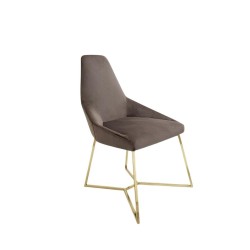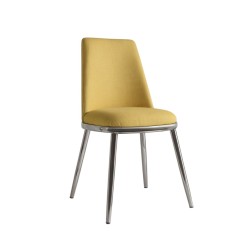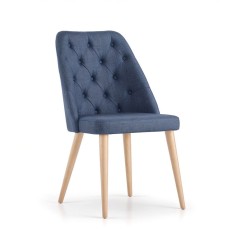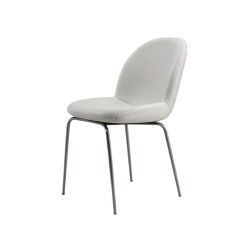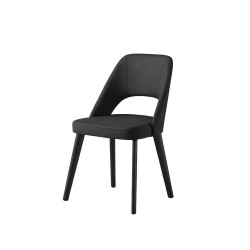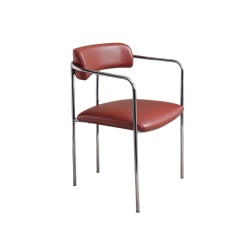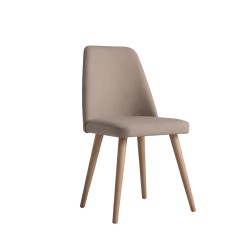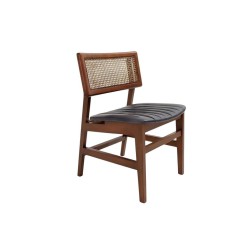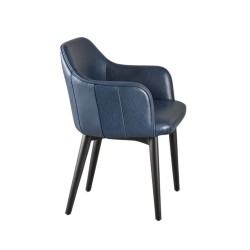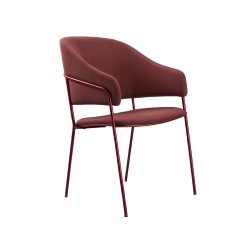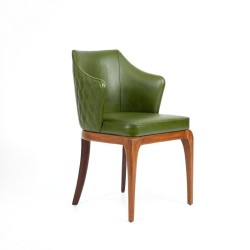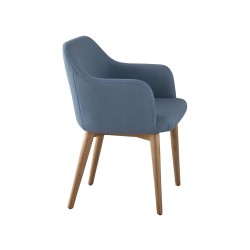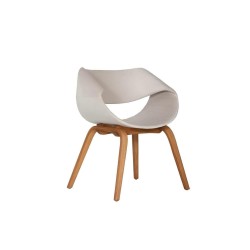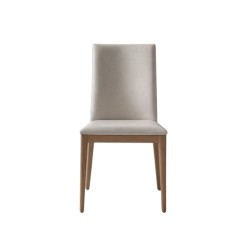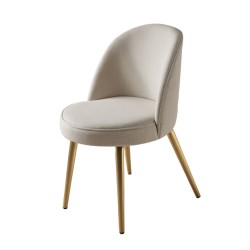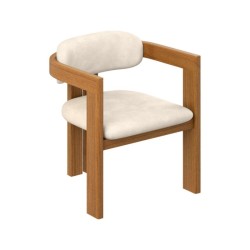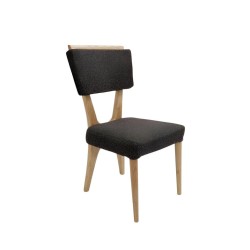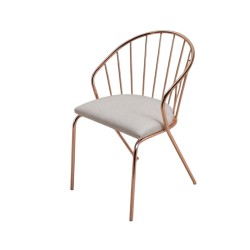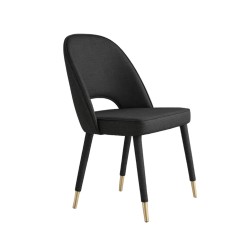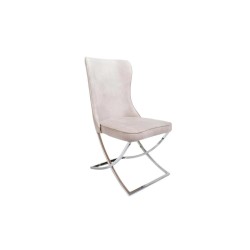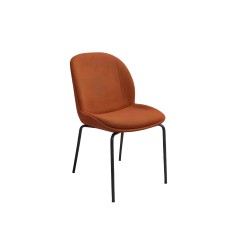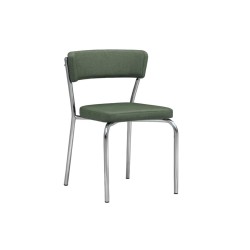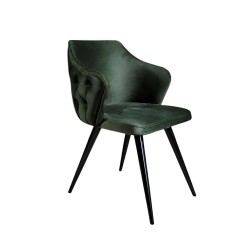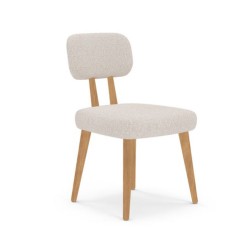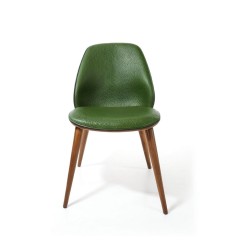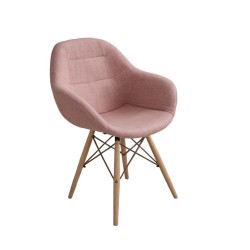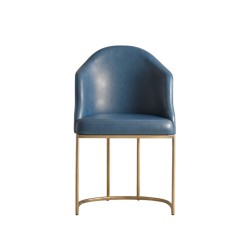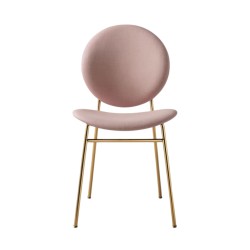Chair Models
Chair Models and Prices
The Importance of Chair: History, Types, and Design
Elements
Chair are one of the fundamental pieces of furniture
used in various settings, from homes to offices and public spaces. Throughout
history, chair have evolved significantly in terms of design,
functionality, and materials. This article explores the history of chair,
their types, design elements, and maintenance tips.
The Historical Background of Chair
Chair have been used since ancient times, with their
origins dating back to ancient Egypt and Greece. Initially, they were symbols
of power and authority, used primarily by the elite. Over time, as societies
evolved, so did chair. They became more accessible and diversified in
design.
In the Middle Ages, chair were often large and heavy,
made of wood, and decorated with intricate carvings. The Renaissance period
introduced more elegant and stylish chair, often upholstered and
designed to offer comfort. In the 20th century, with the advent of modernism, chair
became simpler, focusing on functionality and minimalism.
Types of Chair
Today, chair come in various types, each serving
different purposes and styles. Here are some common types of chair:
Dining Chair
Dining chair are designed to be used around a dining
table. They come in various styles, materials, and sizes, allowing for a wide
range of aesthetics. Comfort and functionality are essential, as they should be
comfortable for long meals.
Office Chair
Office chair are designed for use in professional
settings. Ergonomics play a crucial role in their design, as they need to
provide support for long hours of sitting. Features like adjustable height,
lumbar support, and armrests are common in office chair.
Lounge Chair
Lounge chair are intended for relaxation and comfort.
They are often larger and more cushioned than regular chair, providing a
cozy seating option for living rooms or outdoor spaces. Styles range from
contemporary to traditional, catering to various preferences.
Accent Chair
Accent chair are decorative pieces that add
personality to a room. They come in unique designs and colors, serving as focal
points in a space. While they may not always prioritize comfort, they play a
vital role in enhancing the room's aesthetic.
Bar Stools
Bar stools are tall chair designed for use at bar
counters or high tables. They come in various heights and styles, often with
footrests. Bar stools are popular in kitchens, bars, and restaurants, providing
a casual seating option.
Design Elements of Chair
The design of chair incorporates several elements
that contribute to their overall appeal and functionality:
Material
Chair can be made from various materials, including
wood, metal, plastic, and upholstery. The choice of material affects
durability, maintenance, and aesthetic appeal. For instance, wooden chair
add warmth and elegance, while metal chair offer a modern and industrial
look.
Style
Chair styles can range from modern to classic, rustic
to industrial. Modern chair emphasize minimalism and functionality,
featuring clean lines and neutral colors. Classic chair often
incorporate ornate details and rich fabrics, creating a timeless appeal. Rustic
chair focus on natural materials and traditional craftsmanship, while
industrial chair blend raw materials for an urban feel.
Comfort
Comfort is crucial when selecting a chair, especially
for those intended for long-term use. Factors such as seat depth, back support,
and armrest height can significantly impact comfort levels.
Aesthetics
A chair design should complement the overall decor of
a space. The colors, patterns, and textures of a chair can either
enhance or clash with the existing design elements in a room.
Maintenance Tips for Chair
To prolong the life of your chair, regular
maintenance is essential. Here are some tips:
- Clean
Regularly: Dust and dirt can accumulate on chair, so regular
cleaning is important. Use a soft cloth and appropriate cleaners based on
the material.
- Avoid
Direct Sunlight: Prolonged exposure to sunlight can fade colors and
damage fabrics. Position your chair away from direct sunlight when
possible.
- Check
for Wear and Tear: Regularly inspect your chair for any signs
of damage. Tighten loose screws, reupholster when necessary, and address
any issues promptly to prevent further damage.
- Use
Protectors: Consider using chair pads or coasters to protect your chair
from scratches and stains, especially on wooden surfaces.
Conclusion
In conclusion, chair are essential elements of our
living and working spaces, reflecting our style, comfort, and functionality
needs. Understanding the history, types, and design elements of chair
can help you make informed choices when selecting the perfect seating options
for your home or office. Whether you prefer a modern chair or a classic
one, ensuring they are well-maintained will enhance their longevity and your
enjoyment of them.
By focusing on quality, comfort, and aesthetics, you can elevate your spaces with the perfect chair.
















